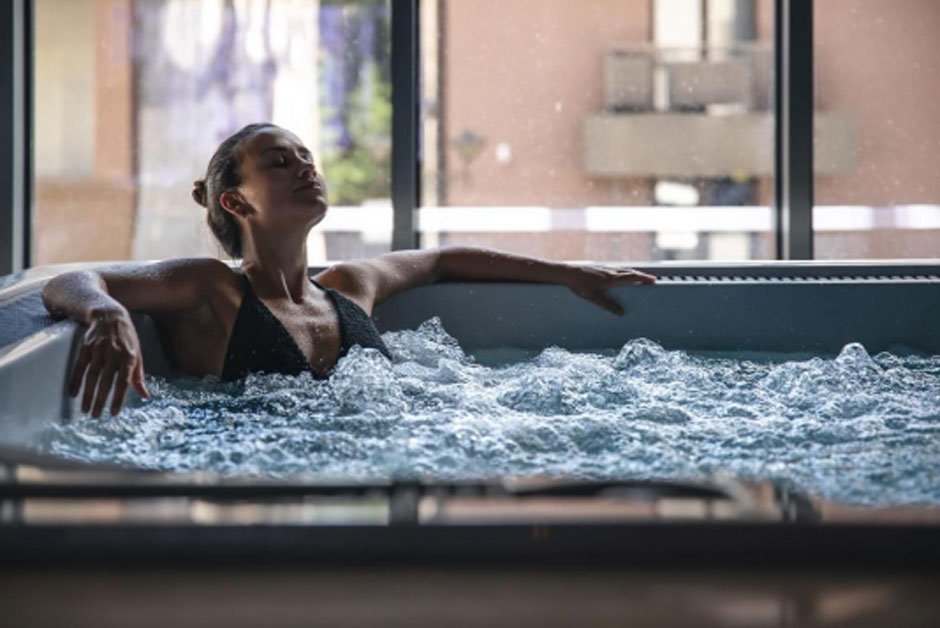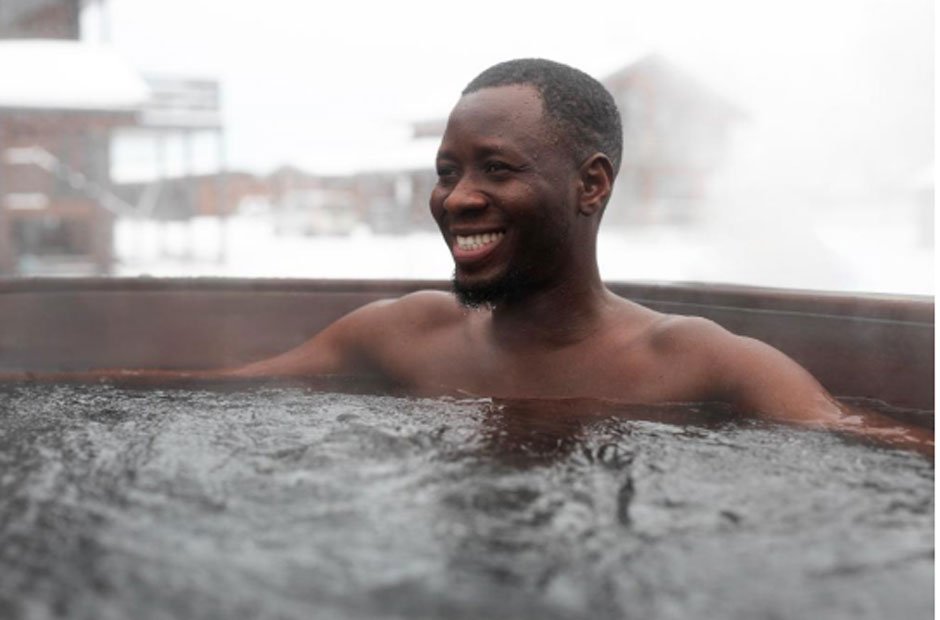Cold water has been healing people for thousands of years. From ancient Roman baths to modern recovery centers, the proof is in the power of cold therapy. Today, cold plunge tubs bring this powerful practice right to your backyard. The science behind cold exposure shows remarkable benefits for inflammation and circulation that most people don’t even realize.
When you step into a cold plunge tub, your body initiates a series of potent physiological responses. First, your blood vessels constrict. Then, they dilate. The nervous system triggers restorative reflexes all over your body. Your immune system strengthens naturally occurring defense mechanisms in response to the benign shock of extreme temperature change.
None of it is temporary—all those effects stick around for the longer term, meaning your inflammatory management and circulatory systems get a major tune-up.
Here’s more on how a cold plunge tub can help transform your health, reduce inflammation, and improve overall blood circulation.

1. Blood Vessels Get a Complete Workout
A cold water plunge is like a gym session for your entire circulatory system. When you first get in a cold plunge tub, the constriction of blood vessels in your skin means the blood is redirected to your vital organs, which have to work harder to pump the blood.
Then, something amazing happens when you step out of the cold. Your blood vessels get bigger, sending warm blood through your hands, feet, and skin. The process is called vasoconstriction, followed by vasodilation, and it’s like a cardio for your circulatory system.
This vascular workout strengthens your blood vessel walls over time. Strong, flexible blood vessels mean better circulation throughout your entire body.
Regular cold plunging in cold tubs trains your circulatory system to respond better to temperature changes. This increased vascular flexibility helps keep blood pressure in check and ensures healthy circulation regardless of age.

2. Inflammation Markers Drop Significantly
Cold water exposure directly impacts your body’s inflammatory responses. Research has shown that regular cold plunges can lower key inflammatory markers such as C-reactive protein (CRP) and interleukin-6 (IL-6), which your body releases to fight infections.
The cold activates your sympathetic nervous system to release norepinephrine, a powerful anti-inflammatory neurotransmitter. Norepinephrine limits your body’s inflammatory response by reducing the production of inflammatory cytokines. It also aids in activating specific proteins that modulate and dampen the immune system’s response to inflammation.
Most people notice decreased joint pain and muscle soreness after adding regular cold plunges to their routine—and it’s not just temporary relief, either! These effects compound over time as the body gets better at handling its inflammation.
Cold exposure also activates brown fat tissue, which burns calories and reduces inflammatory stress. This metabolic boost helps your body maintain a healthier inflammatory balance and less chronic inflammation, which is often linked to heart disease and autoimmune conditions.
3. Blood Flow to Your Brain Improves
When you immerse yourself in a cold plunge tub, the blood rushes to your organs (particularly the brain) to keep them warm and protect them.
Better circulation in the brain equals better cognition. After a cold plunge, you may notice increased mental acuity, memory, and concentration. This also extends to increased arterial blood flow, leading to the removal of more metabolic waste.
Norepinephrine, a hormone released in the brain after cold exposure, also promotes better focus and enhanced mood, leading to greater mental capacity and emotional equilibrium!
Enhanced brain circulation also supports neuroplasticity—your brain’s ability to form new neural connections. This is crucial for learning, memory, and recovery from brain injuries. Regular cold plunging gives your brain a daily tune-up through improved blood flow.

4. Recovery Time after Exercise Decreases
For decades, athletes have used cold plunge tubs to recover from grueling training. Cold plunging shortens recovery time by reducing exercise-induced muscle damage and inflammation. Less muscle soreness means getting back to your highest potential sooner.
The results get even better if you use a highly functional cold plunge tub, such as the double-slipper design of the Endurance Plunge tub, which lets you enjoy full-body immersion. This means no muscle group is left out, and you’ll enjoy the full benefits of cold water exposure.
Cold water also removes metabolic waste products like lactic acid from your muscles, while enhanced circulation brings fresh oxygen and nutrients to damaged muscle tissue. As a result, you recover more quickly, allowing for higher training volumes with less risk of overuse injuries.
The anti-inflammatory effect of cold plunging also helps to reduce exercise-induced oxidative stress. The less cellular damage you have, the better your muscle health and performance will be in the long run.
Many athletes can handle a higher training volume once they make cold plunges a routine.
5. Chronic Pain Conditions Show Improvement
Cold water therapy can significantly help people who suffer from chronic inflammatory conditions. Arthritis, fibromyalgia, and chronic fatigue syndrome all involve persistent inflammation that cold plunging can keep in check.
The natural analgesic effects of spending time in a cold plunge tub are immense. The cold numbs pain, providing immediate relief and anti-inflammatory impacts also help to address the root causes of many forms of chronic pain, which means less dependence on pain medications.
Additionally, cold exposure leads to an increase in beta-endorphin levels in your bloodstream. You know them as your body’s feel-good hormones, acting as a mild painkiller.
Tending to the emotional side is just as important as tending to the physical side for any long-term chronic pain condition. So, combining these two approaches can make all the difference.
In addition to releasing endorphins, improved circulation from cold plunging helps deliver healing nutrients to inflamed tissues. It also removes inflammatory waste products via enhanced blood flow. Chronic inflammation is believed to perpetuate pain conditions.

Final Thoughts
Cold plunge tubs make this beneficial practice easier than ever. You no longer need to locate natural cold water or deal with the variance of a natural source. Modern cold plunge systems are highly functional and have temperature adjustments. You can keep water temperatures optimal for maximum cold therapy benefits.
However, consistency is the key to success in cold plunging. Taking too much too soon can shock your body and leave it fighting off necessary effects. Even taking cold plunges for a few minutes weekly can promote anti-inflammatory processes and improve circulation.
Remember that your body is engineered to heal and recover when the right conditions are present. Simple but powerful cold water plunges in a specially designed cold plunge tub provide those conditions that work with what you already have going on.
